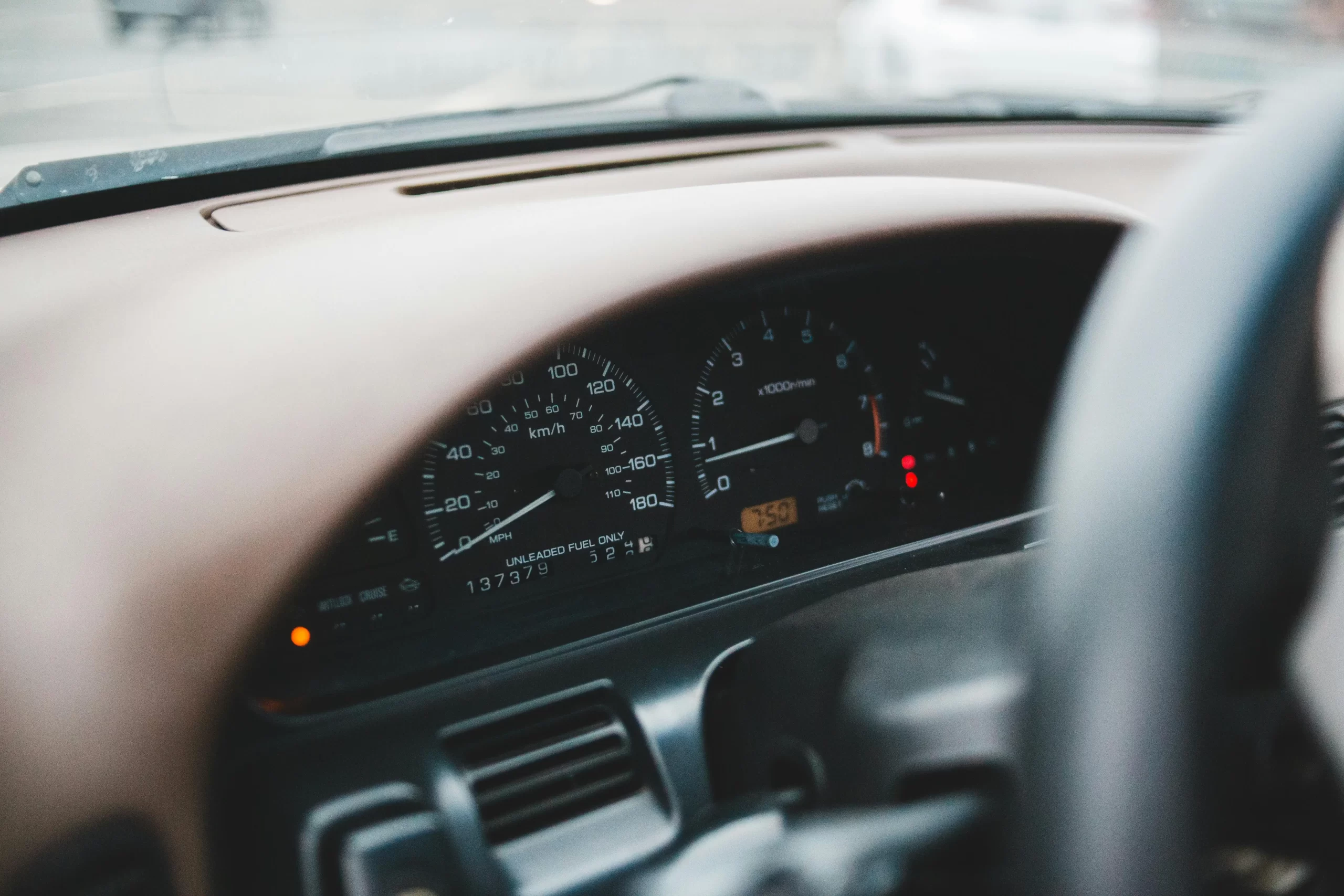
Seeing the check engine light pop up on your dashboard can be stressful, but it’s important not to panic. Sometimes the issue is minor, while other times it signals a more serious problem. Understanding why your check engine light is on can help you address the issue quickly and avoid costly repairs. Let’s dive into the top five most common causes and how you can fix them.
1. Loose or Faulty Gas Cap
Cause:
A loose, cracked, or missing gas cap can allow fuel vapors to escape, disrupting your car’s fuel system pressure.
Fix:
- Check if the gas cap is loose.
- Tighten it until it clicks or replace it if it’s damaged.
- After fixing, it may take a few drives for the light to reset.
Tip: Always check your gas cap first when the check engine light comes on. It’s a simple fix that’s often overlooked.
2. Faulty Oxygen Sensor
Cause:
The oxygen sensor measures how much unburned oxygen is in your car’s exhaust. A faulty sensor can lead to poor fuel economy and increased emissions.
Fix:
- A diagnostic scan will reveal if an oxygen sensor is the issue.
- Replacing a bad oxygen sensor is a relatively affordable and straightforward repair.
Tip: Ignoring this problem can damage your catalytic converter over time, leading to much higher repair costs.
3. Malfunctioning Catalytic Converter
Cause:
The catalytic converter helps reduce harmful emissions by converting dangerous gases into less harmful ones. If it’s failing, your vehicle’s performance and efficiency will suffer.
Fix:
- A mechanic can determine if cleaning or replacement is needed.
- Regular maintenance, such as timely oil changes and fixing faulty sensors, helps prevent catalytic converter problems.
Tip: Replacing a catalytic converter can be expensive, so it’s better to catch related issues early.
4. Bad Spark Plugs or Ignition Coils
Cause:
Spark plugs ignite the air/fuel mixture in your engine’s cylinders. Worn spark plugs or faulty ignition coils can cause misfires, rough idling, or poor acceleration.
Fix:
- Replace spark plugs and ignition coils according to your car’s maintenance schedule.
- If a misfire is detected, replacing the faulty part usually clears the check engine light.
Tip: Using high-quality replacement parts can improve longevity and engine performance.
5. Mass Airflow Sensor Problems
Cause:
The mass airflow sensor measures the amount of air entering the engine to ensure the correct air/fuel ratio. A dirty or failing sensor can cause poor performance and fuel economy.
Fix:
- Cleaning the sensor with special cleaner may solve the issue.
- If cleaning doesn’t help, replacement is necessary.
Tip: Replacing your air filter regularly helps prevent mass airflow sensor problems.
What to Do When Your Check Engine Light Comes On
- Don’t Ignore It: Even if the car seems to run fine, the underlying issue could worsen.
- Use an OBD-II Scanner: This tool reads the error code causing the check engine light. Many auto parts stores offer free scans.
- Visit a Mechanic: If you are unsure or the problem seems serious, have a professional diagnose and repair the issue.
Warning: If the check engine light is flashing, this indicates a severe problem, such as a major engine misfire. Pull over safely and seek immediate assistance.
Final Thoughts
The check engine light is your car’s way of saying something needs attention. Whether it’s a simple gas cap fix or a more serious engine problem, addressing it promptly can save you money and prevent further damage. Stay proactive, and your car will reward you with better performance and reliability.
For more automotive tips, maintenance guides, and DIY fixes, explore the rest of our blog.






Leave a Reply